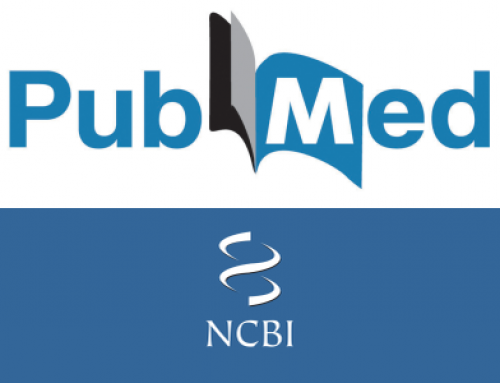 Mood profile of an America’s Cup team: relationship with muscle damage and injuries.
Mood profile of an America’s Cup team: relationship with muscle damage and injuries.
Abstract
PURPOSE:
To describe the mood profile of an America’s Cup sailing team during competition and to evaluate the influence of previous injuries occurrence and intensity of physical work on the boat upon mood state. Relationships between mood domains and metabolic markers of muscle damage were also investigated.
METHODS:
A descriptive study was conducted on an America’s Cup yachting race crew comprising 21 male sailors (mean +/- SD; age = 27.6 +/- 8.5 yr, weight = 89.3 +/- 24.9 kg, BMI = 26.5 +/- 6.9 kg x m(-2)). All measurements were collected during the Louis Vuitton Cup 2007 in Valencia, Spain. The POMS test and creatine kinase (CK) serum activity were measured and correlated. Sailors were grouped according to their presence or absence of previous musculoskeletal injuries (MI) and the intensity of physical work related to boat position: high intensity (HI) and low intensity (LI).
RESULTS:
According to normative data, pre- and postracing POMS scores were constantly high with prominent anger (24.2 +/- 9 before and 24.9 +/- 10.1 after the race) and depression (22.7 +/- 8.9 before and 20.6 +/- 7.3 after the race). The HI group displayed unchanged anger scores but showed significant differences compared with the LI group (z = -2.07, P = 0.038, mu2 = 0.22) at the end of the competition. The occurrence of a previous injury did not correlate with any interference with mood. Only the fatigue domain before racing had a significant negative correlation with CK levels (r = -0.509, P < 0.05).
CONCLUSIONS:
The emotional profile of this America’s Cup yachting crew showed stable mood scores with high values in anger and depression compared with normative data. Mood was dependent on physical work intensity related to boat position but not on injury occurrence. Enzyme markers of muscle damage had no bearing on most POMS domains, except for fatigue before racing.
- PMID:
- 20019630
- [PubMed – indexed for MEDLINE]
Full list of publications in PUBMED:

